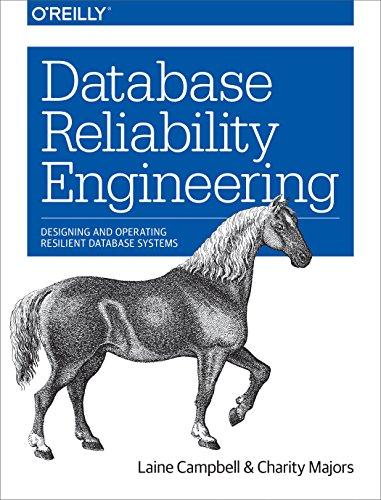

For this part you will implement a two-player version of the card game Blackjack but with six-sided dice instead of playing cards. The function blackjack.dice() will simulate the game with no interaction from the user. The game rules are as follows: Players take turns "rolling" two six-sided dice, each accumulating a running total. We will see later how the rolling of dice will be simulated If a player's total is less than 16, the player must roll the dice and add the total to his score . If a player's total is greater than or equal to 16, the player does not roll the dice. If a player's total equals exactly 21, the game ends immediately with a win for that player. If a player's total becomes greater than 21 ("busting"), the game ends immediately with a win for the other player. Thus, players continue rolling dice and accumulating totals while all of the following conditions are true: Neither player has reached 21 exactly. Neither player has busted (exceeded a total of 21) At least one player still has a score of less than 16. If the game ends with neither player hitting 21 or busting, then the player whose score is closest to 21 wins the game. In the event of a tie, the function returns the list [0, 0] The function takes a single argument, dice, which is a list of 30 or so integers in the range 1 through 6, inclusive. Rolling of dice is simulated by the function by reading integers from this list two at a time. One way to keep track of which numbers the function should read next is to maintain an index variable (e.g., next.die) that is updated For this part you will implement a two-player version of the card game Blackjack but with six-sided dice instead of playing cards. The function blackjack.dice() will simulate the game with no interaction from the user. The game rules are as follows: Players take turns "rolling" two six-sided dice, each accumulating a running total. We will see later how the rolling of dice will be simulated If a player's total is less than 16, the player must roll the dice and add the total to his score . If a player's total is greater than or equal to 16, the player does not roll the dice. If a player's total equals exactly 21, the game ends immediately with a win for that player. If a player's total becomes greater than 21 ("busting"), the game ends immediately with a win for the other player. Thus, players continue rolling dice and accumulating totals while all of the following conditions are true: Neither player has reached 21 exactly. Neither player has busted (exceeded a total of 21) At least one player still has a score of less than 16. If the game ends with neither player hitting 21 or busting, then the player whose score is closest to 21 wins the game. In the event of a tie, the function returns the list [0, 0] The function takes a single argument, dice, which is a list of 30 or so integers in the range 1 through 6, inclusive. Rolling of dice is simulated by the function by reading integers from this list two at a time. One way to keep track of which numbers the function should read next is to maintain an index variable (e.g., next.die) that is updated








